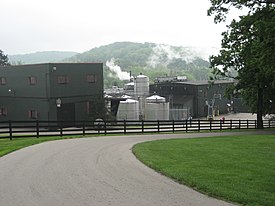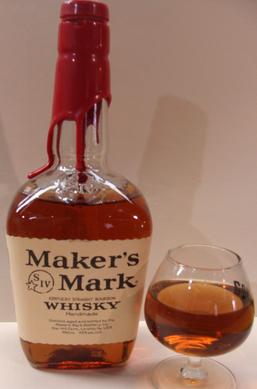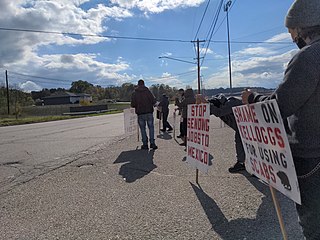Background

The U.S. state of Kentucky is known as the "distilling capital of the world" and has historically been a center for bourbon whiskey production. [1] In the 2010s, the state was responsible for about 95 percent of worldwide bourbon production, [2] [3] and during this time the industry experienced a significant period of growth fueled primarily from investments from large alcohol companies such as Diageo and Heaven Hill. [1] In 2015, bourbon production would reach a 50-year high, and the state's bourbon industry as a whole was valued at roughly US$3 billion. [2] In 2014, the Japanese alcohol company Suntory purchased the company that produced the Jim Beam brand of bourbon for $16 billion. [4] They formed a subsidiary called Beam Suntory, which operated several distillery facilities in Kentucky and was the largest producer of bourbon in the world. [2] Going into late 2016, the company began to negotiate a new labor contract between itself and several hundred unionized workers at their facilities in Clermont and Boston, Kentucky, [note 1] [5] [6] who were members of the United Food and Commercial Workers (UFCW) Local 111D. [4] Union representatives had been talking with company managers about a replacement contract since April, [7] and while the existing contract was set to expire in August, the contract was extended while the two parties began to negotiate. [8]
On October 11, after 33 days of negotiations over the terms of a new contract (which included the participation of a federal mediator), a proposed agreement was submitted for a vote by rank and file union members. [4] However, the two-year proposal failed to pass in a vote of 201–19, which also served as an authorization for strike action. [4] [2] As the existing contract was valid until October 14, operations continued as normal at the plants for the next few days. [2] Company representatives expressed confusion at the vote, stating that they did not understand why the offer was rejected and touting benefits from the proposal, which, according to the company, included wage increases and the "elimination of the two-tiered wage system for almost all employees". [4] The company also stated that while they were unaware of any specific objections from union members, they were willing to work with union officials "to help ensure a full understanding of the proposal by the union membership". [2] Several days after the vote, a union official stated that points of contention included vague contract language, job security, seniority, and scheduling. [9] [5] While pay was generally seen as good (average union members earned $23 per hour, while new employees and temporary workers earned $17.22 and $11, respectively), [10] UFCW Local 111D President Janelle Mudd stated that some workers at the facilities were regularly working 70 hours per week and that the union wanted the company to hire more full-time employees instead of temporary workers. [11] During the 2010s, the number of temporary workers at Jim Beam had approximately doubled, with the company hiring between 120 and 140 temporary workers during that time. [12] Mudd further stated that the scheduling was negatively affecting the union members' work–life balance and that the union was seeking "a return to the family values and heritage upon which the Jim Beam brand is based". [13]
Speaking to the New York Post , food writer Fred Minnick stated that the workers were increasing their leverage by threatening a strike at that time as opposed to during the middle of the year when production slows down. [6] Additionally, he stated that, while a short-term strike probably would not have a significant effect on product availability, a strike lasting several weeks or a month could cause shortages in Jim Beam products. [6] On October 14, an updated contract proposal was presented by the company, [9] but in another round of voting, workers rejected it in a vote of 174–46. [7] A UFCW official declined to say the changes that had been made to the proposal, [9] though the company later stated that the revised proposal included concessions regarding overtime, increased wages, and the use of temporary workers. [14] An article in Labor Notes states that this contract would have increased wages for about 50 of the lower-paid employees by up to 35 percent, but a Local 111D member interviewed by the magazine claimed that only about five of those workers voted in favor of the deal. [12] With the second rejection, the workers were scheduled to go on strike at midnight, though a company official stated that they were willing to meet with union representatives before the contract expired. [15] The strike would be the first in Jim Beam's history. [12]









